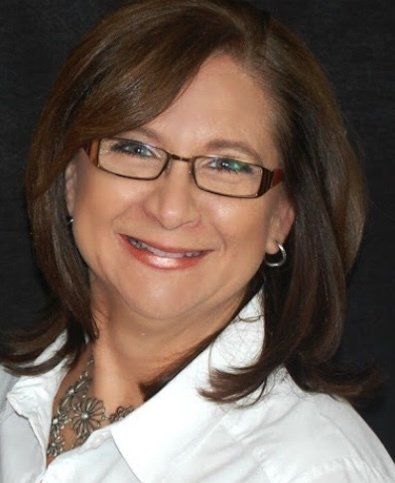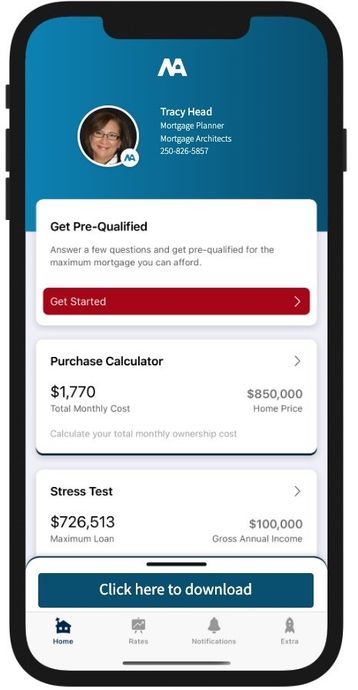Helping you get a headstart on homeownership
Tracy Head Mortgage Broker
Let us help you find the best mortgage solution for your needs!

Tracy Head
Serving clients in Alberta & BC from my office in the Okanagan.
I love to help my clients achieve their dreams! My goal is to create client delight - to help make the process a smooth one, so my clients can focus on the things that matter most.
With over 10 years of experience as a mortgage broker and having bought and sold multiple homes myself, I understand the challenges and frustrations that come along with buying or refinancing a home.
Let me save you time and money by doing the research and walking you through the entire mortgage process.

Mortgage financing can be confusing, it doesn't have to be when you follow my plan.
Get started right away
The best place to start is to connect with me directly. The mortgage process is personal. My commitment is to listen to all your needs, assess your financial situation, and provide you with a clear plan forward.
Get a clear plan
Sorting through all the different mortgage lenders, rates, terms, and features can be overwhelming. Let me cut through the noise, I'll outline the best mortgage products available, with your needs in mind.
Let me handle the details
When it comes time to arranging your mortgage, I have the experience to bring it together. I'll make sure you know exactly where you stand at all times. No surprises. I've got you covered.
I can help you arrange
mortgage financing for the following services:
Let's get started.
Choose from any of the following options!
Initial Mortgage Consultation
A quick call up front will help to get things moving forward for you. We will chat about what you are hoping to accomplish, and cover the next steps!
Online mortgage application.
If you'd prefer to start the mortgage process by completing an online mortgage application, here's where we make that happen!
Book a call for an application
If you would like to complete your mortgage application over the phone, choose this option, we'll have time to discuss all your options!
I'm proud to be on the Board of
Mortgage Brokers across Canada working together to make a difference in the lives of those who need it most.
You’ve worked hard your whole life. You deserve to enjoy the retirement lifestyle you've always imagined.
We specialize in mortgage financing for Older Canadians.
Download My Mortgage Toolbox
What can you do with my app?
Calculate your total cost of owning a home
Estimate the minimum down payment you need
Calculate Land transfer taxes and the available rebates
Calculate the maximum loan you can borrow
Stress test your mortgage
Estimate your Closing costs
Compare your options side by side
Search for the best mortgage rates
Email Summary reports (PDF)
Use my app in English, French, Spanish, Hindi and Chinese
You can keep up to date with all things mortgage related by reading my mortgage column.












